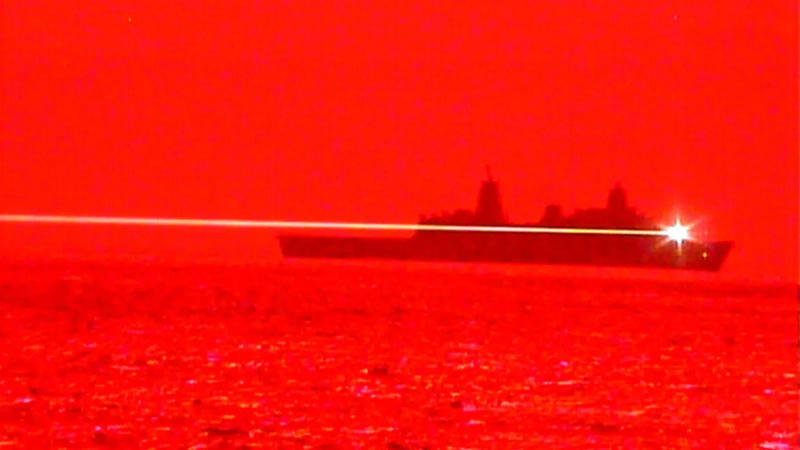Published 13:31 IST, January 10th 2024
US Navy Pushes for More Laser Weapons on Warships Amid Rising Threats from Houthi Rebels in Red Sea
After the attacks by Houthi rebels, the US Navy intends to pursue the deployment of more cost-effective and long-range-capable laser weapons on warships.

The US Navy intends to pursue the deployment of more cost-effective and long-range-capable laser weapons on warships. | Image:
US Navy representative
- Listen to this article
- 3 min read
Advertisement
13:31 IST, January 10th 2024
